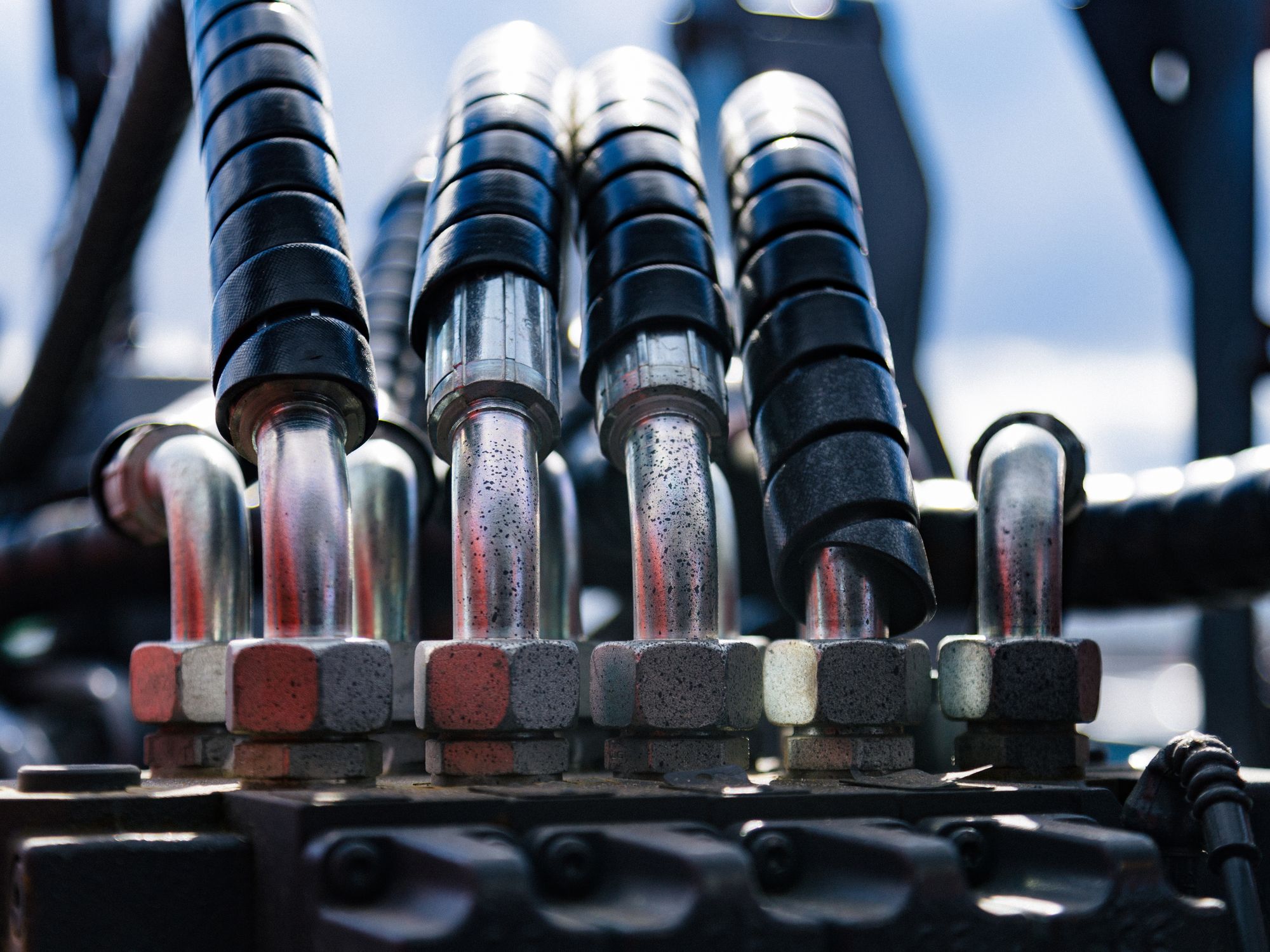Alternative measures related to qualified oil-filled operational equipment

- When providing secondary containment for oil-filled operational equipment is impracticable, Part 112 allows for alternative options for qualified equipment.
Providing adequate secondary containment for oil-filled operational equipment is often impracticable; therefore, Part 112 provides an optional alternative to the general secondary containment requirements for oil-filled operational equipment that meets qualifying criterion in 112.7(k) (commonly referred to as “qualified oil-filled operational equipment”).
Oil-filled operational equipment, as defined in 112.2, is equipment that includes an oil storage container (or multiple containers) in which the oil present is used solely to support the function of the apparatus or the device. Facility owners or operators determine if they are eligible to use the alternative measures in 112.7(k) by considering the reportable discharge history from any oil-filled operational equipment at the facility. The table below identifies the criterion for determining if the facility has qualified oil-filled operational equipment:
| Owner/operator must answer no to the following to be eligible for alternative measures in 112.7(k): In the three years before the SPCC Plan is certified, has the facility had any discharges to navigable waters or adjoining shorelines from oil-filled operational equipment as described below? | |
| A single discharge of oil greater than 1,000 gallons? | Yes or No |
| Two discharges of oil each greater than 42 gallons within any 12-month period? | Yes or No |
When considering the above questions, the owner or operator does not need to include discharges that are the result of natural disasters, acts of war, or terrorism. Additionally, when determining the applicability of this spill prevention, control, and countermeasure (SPCC) reporting requirement, the gallon amount(s) specified (either 1,000 or 42) refers to the amount of oil that actually reaches navigable waters or adjoining shorelines, not the total amount of oil spilled. The Environmental Protection Agency (EPA) considers the entire volume of the discharge to be oil for the purposes of these reporting requirements.
Alternative measures
If owners/operators use alternative measures in lieu of meeting the secondary containment requirements for qualified oil-filled operational equipment, they are required to establish and document an inspection or monitoring program for qualified oil-filled operational equipment to detect equipment failure and/or a discharge. Additionally, the owner or operator must prepare an oil spill contingency plan and provide a written commitment of manpower, equipment, and materials required to expeditiously control and remove any quantity of oil discharged that may be harmful (unless the facility has submitted a Facility Response Plan.)
The advantage of the 112.7(k) alternative to the general secondary containment requirements is that the facility owner/operator is not required to prepare an impracticability determination for the qualified oil-filled operational equipment. Note that the use of alternative measures is optional for qualified oil-filled operational equipment; the owner or operator can instead provide secondary containment or may prepare an impracticability determination.
For facility owners and operators who rely on contingency planning for qualified oil-filled operational equipment in lieu of secondary containment, the discovery of a discharge by inspection or monitoring is critical for effective and timely implementation of the contingency plan. An inspection or monitoring program ensures that facility personnel are alerted quickly of equipment failures and/or discharges. The SPCC Plan must describe the inspection or monitoring program, and the owner or operator must keep a record of inspections and tests, signed by the appropriate supervisor or inspector, for a period of three years in accordance with 112.7(e).
Qualified oil-filled operational equipment and qualified facilities overlap
Some facilities may meet the criteria for qualified facilities as provided in 112.3(g) and have qualified oil-filled operational equipment onsite. Owners and operators of such facilities can use the alternative measures for oil-filled operational equipment described in 112.7(k) and self-certify the SPCC Plan. The owner or operator can choose to develop an Oil Spill Contingency Plan, provide a written commitment of manpower, equipment, and materials and implement an inspection or monitoring program as an alternative to secondary containment for qualified oil-filled operational equipment. Since no impracticability determination is necessary for qualified oil-filled operational equipment, the owner or operator can self-certify his or her SPCC Plan and is not required to have a professional engineer (PE) develop and certify the contingency plan for the qualified oil-filled operational equipment. The responsibility of preparing a contingency plan and identifying the necessary equipment, materials, and manpower to implement the contingency plan would fall on the owner or operator of the qualified facility.
Oil-filled manufacturing equipment is not oil-filled operational equipment
The definition of oil-filled operational equipment does not include oil-filled manufacturing equipment (flow-through process). Oil-filled manufacturing equipment is inherently more complicated than oil-filled operational equipment because it typically involves a flow-through process and is commonly interconnected through piping. For example, oil-filled manufacturing equipment may receive a continuous supply of oil, in contrast to the static capacity of other, non-flow-through oil-filled equipment. Examples of oil-filled manufacturing equipment include, but are not limited to, process vessels, conveyances such as piping associated with a process, and equipment used in the alteration, processing or refining of crude oil and other non-petroleum oils, including animal fats and vegetable oils.
